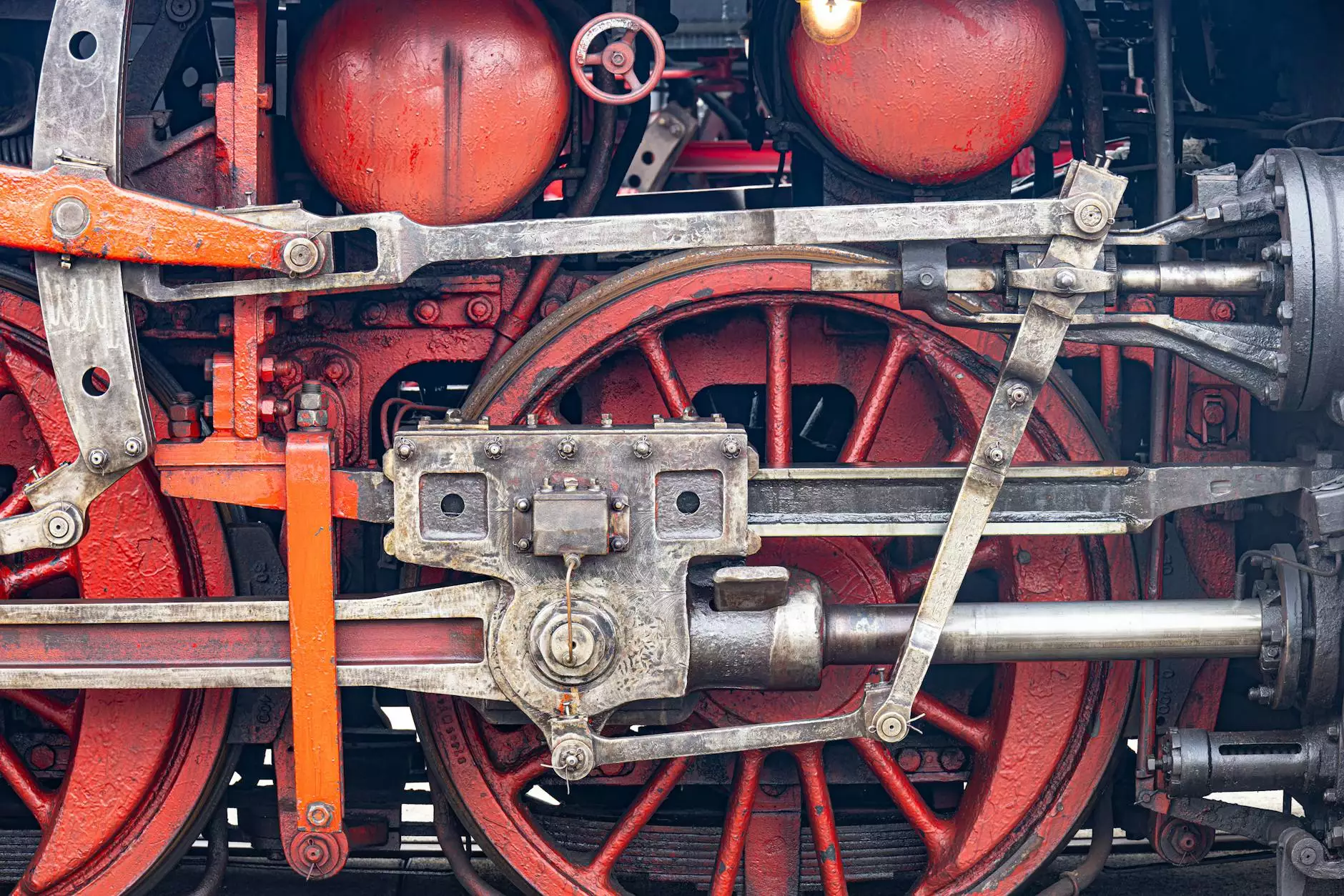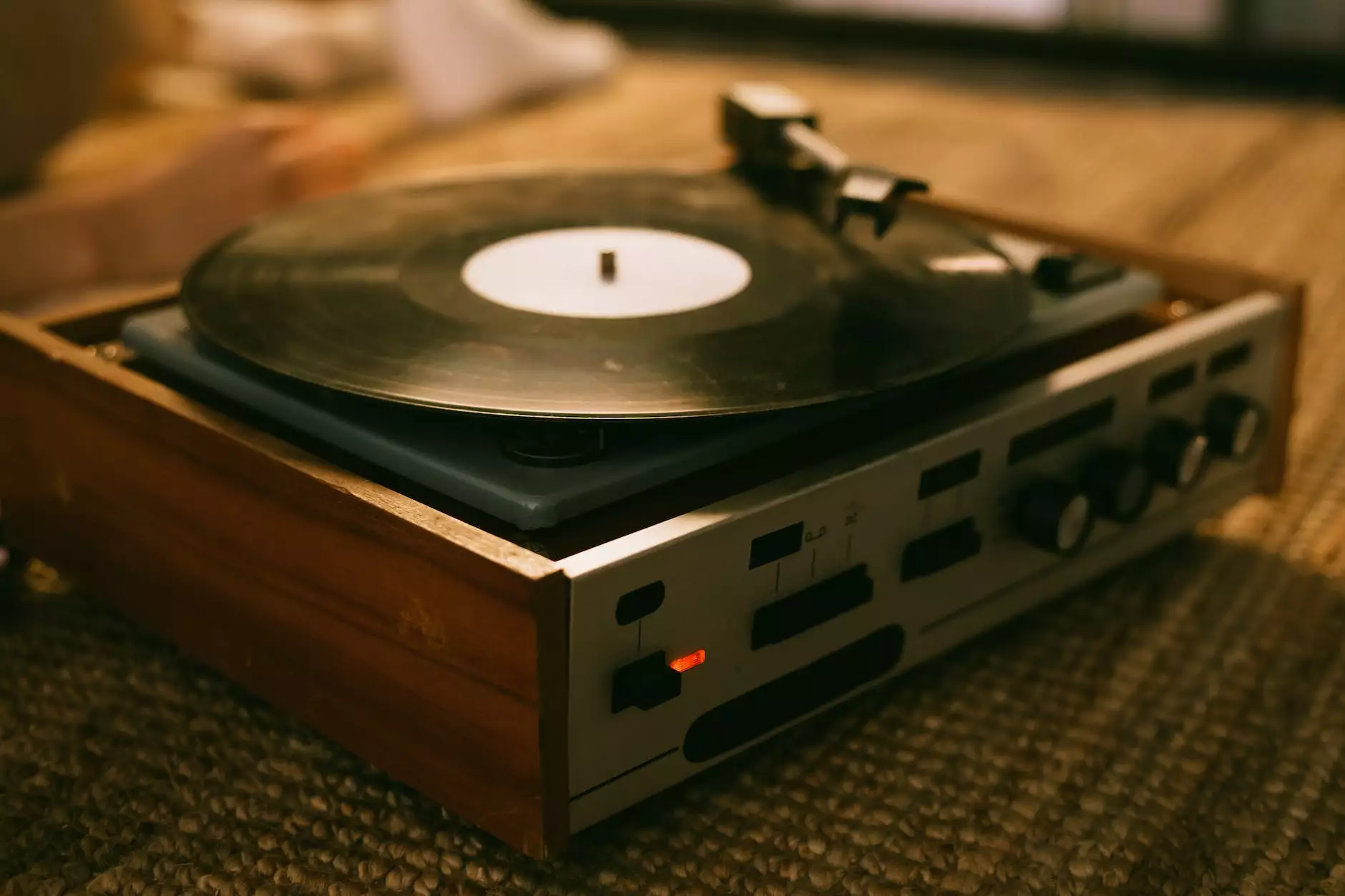The Importance of Crankshaft Parts in Diesel Engines

Crankshaft parts are essential components in diesel engines, playing a pivotal role in the engine's overall functionality and performance. A robust understanding of these components is crucial for anyone involved in the maintenance and operation of diesel engines, whether as professionals or enthusiastic DIYers. This article dives deep into the intricacies of crankshaft parts, their functions, types, and guidance on sourcing quality spare parts.
What is a Crankshaft?
The crankshaft is a vital component of an internal combustion engine. It converts the linear motion of the pistons into rotational motion, which ultimately drives the vehicle's wheels. In diesel engines, the crankshaft's design and construction are tailored to handle the unique pressures and stresses that arise from diesel combustion.
Functionality of Crankshaft Parts
Crankshaft parts perform several critical functions:
- Conversion of Motion: As previously mentioned, the primary role of the crankshaft is converting the reciprocating motion of the pistons into rotational motion.
- Power Transfer: The crankshaft efficiently transfers power from the engine to the transmission, facilitating vehicle movement.
- Balancing Forces: Crankshaft design includes counterweights that help balance forces within the engine, leading to smoother operation.
- Energy Storage: The rotating mass of the crankshaft stores kinetic energy, which is vital for maintaining engine rotation between power strokes.
Types of Crankshaft Parts
There are various crankshaft parts, each contributing to the functionality and durability of the crankshaft itself:
1. Main Bearings
Main bearings support the crankshaft as it rotates within the engine block. They reduce friction and ensure smooth movement, crucial for engine longevity.
2. Connecting Rods
Connecting rods link the pistons to the crankshaft. They play a significant role in transferring the forces generated during combustion directly to the crankshaft.
3. Crankshaft Pulley
The crankshaft pulley is attached to the crankshaft and drives various accessories, such as the alternator or water pump. Its efficiency affects overall engine performance.
4. Counterweights
Counterweights are strategically placed on the crankshaft to balance the engine's internal forces and reduce vibrations, leading to smoother operation.
Materials Used in Crankshaft Parts
The materials used for manufacturing crankshaft parts are integral to their performance and durability:
- Cast Iron: Commonly used for manufacturing crankshafts due to its excellent wear resistance and ability to dampen vibrations.
- Steel: Forged steel crankshafts offer higher strength and are generally lighter, making them suitable for high-performance applications.
- Aluminum Alloys: Though less common, aluminum crankshafts are used in some specialized applications due to their light weight and good strength properties.
Choosing Quality Crankshaft Parts
When selecting crankshaft parts, quality should be a top priority. Here are some tips to help you choose the right components:
1. OEM vs. Aftermarket
Original Equipment Manufacturer (OEM) parts are produced by the vehicle manufacturer and generally offer the best compatibility and reliability. Aftermarket parts can be a viable option, but it's essential to research and ensure they meet quality standards.
2. Reputation of Suppliers
Choosing reputable suppliers, such as client-diesel.com, ensures that you receive quality parts. Look for suppliers with positive customer reviews and a proven track record in the industry.
3. Specifications and Compatibility
Always check the specifications of the parts to confirm compatibility with your engine make and model. Mismatched components can lead to severe engine damage.
Signs of Crankshaft Failure
Recognizing the signs of crankshaft failure is crucial for timely interventions. Here are some symptoms to watch for:
- Engine Vibration: Excessive vibrations may indicate balance issues or damage to the crankshaft.
- Unusual Noises: Knocking or grinding noise can suggest bearing wear or damage to the crankshaft itself.
- Oil Leaks: If you notice oil leaks around the crankshaft seals, it could indicate wear or failure.
Maintenance Tips for Crankshaft Parts
Regular maintenance can extend the life of your crankshaft parts. Here are some tips:
1. Regular Oil Changes
Changing the oil at regular intervals keeps the engine lubricated and reduces wear on the crankshaft and its associated parts.
2. Use Quality Lubricants
High-quality engine oils improve lubrication, ensuring better performance and longevity for crankshaft parts.
3. Monitor Engine Performance
Keeping an eye on engine performance and addressing any irregularities promptly can prevent significant damage to crankshaft components.
The Role of Technology in Crankshaft Manufacturing
Advancements in technology have significantly influenced the development and manufacturing of crankshaft parts. Modern innovations include:
- CNC Machining: This technology ensures high precision in crankshaft manufacturing, improving fitment and performance.
- Material Science: Research in materials has led to the development of stronger, lighter, and more durable alloys for crankshaft construction.
- 3D Printing: While still emerging, 3D printing technology holds potential for rapid prototyping and customized crankshaft parts.
The Future of Crankshaft Parts in the Automotive Industry
The automotive industry is rapidly evolving, with trends such as electrification and alternative fuel technologies steering the future direction. However, diesel engines remain a backbone of many industries, particularly freight and construction. The demand for crankshaft parts will continue as diesel engines maintain their place in the market.
Conclusion
Understanding the significance of crankshaft parts is crucial for maintaining optimal performance in diesel engines. By choosing quality components, keeping an eye out for signs of wear, and staying informed about advancements in technology, you can ensure the longevity and reliability of your diesel engine. Whether you are sourcing parts from reputable suppliers like client-diesel.com or performing maintenance, your proactive approach will pay dividends in the performance and durability of your engine.
Further Reading
For more information on crankshaft parts and diesel engine maintenance, consider exploring the resources available on client-diesel.com. You will find a wealth of knowledge that can enhance your understanding and ability to care for diesel engines effectively.








